Space
Sign up for our newsletter
We summarize the week's scientific breakthroughs every Thursday.
-
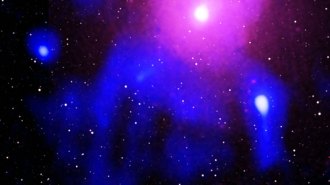 Space
SpaceA black hole eruption marks the most powerful explosion ever spotted
Hundreds of millions of years ago, a black hole blasted out roughly 100 billion times as much energy as the sun is expected to emit in its lifetime.
-
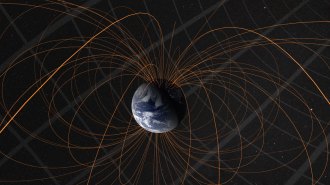 Planetary Science
Planetary ScienceAn ancient magma ocean may have once driven Earth’s magnetic field
Computer simulations of molten silicate under extreme temperatures and pressures may have just filled in a gap in the history of Earth’s magnetism.
-
 Space
Space50 years ago, scientists were studying why the sun’s corona is so hot
In 1970, scientists were hoping to learn why the sun’s corona is so hot during an eclipse. Fifty years later, the corona’s magnetic field may hold some answers.
-
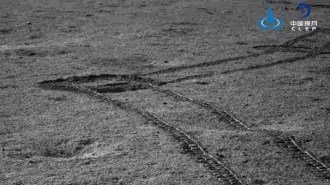 Planetary Science
Planetary ScienceChina’s moon rover revealed what lies beneath the lunar farside
China’s Yutu-2 rover found layers of fine sand and coarse gravel under the surface of the moon’s farside.
-
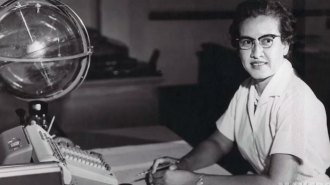 Space
SpaceNASA icon Katherine Johnson has died at the age of 101
The “Hidden Figure” captured the public’s admiration after the story of her career was publicized in a 2016 book and film.
-
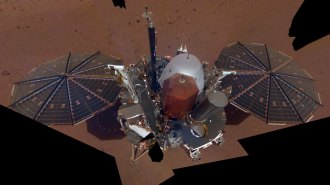 Space
SpaceWhat NASA’s InSight lander has learned about Mars’ magnetism and quakes
In its first 10 months, the InSight lander detected Marsquakes and an unexpectedly strong magnetic field at its landing site on the Red Planet.
-
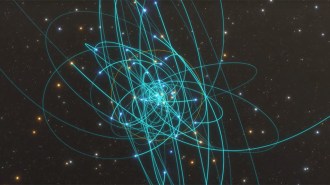 Physics
PhysicsThis fundamental constant of nature remains the same even near a black hole
A number that sets the strength of electromagnetic interactions isn’t altered by the extreme gravity around the Milky Way’s supermassive black hole.
-
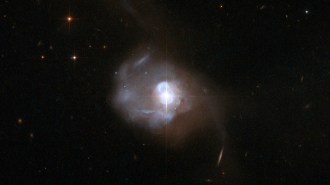 Astronomy
AstronomyMolecular oxygen has been spotted beyond the Milky Way for the first time
Astronomers have detected molecular oxygen in another galaxy for the first time. The discovery is only the third sighting beyond our solar system.
By Ken Croswell -
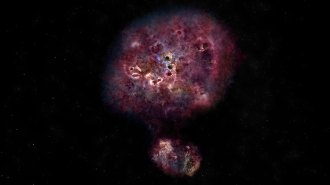 Space
SpaceAn ancient galaxy grew massive — then oddly stopped making stars
After ferociously producing stars for a few hundred million years, this galaxy in the early universe gave up, and astronomers aren’t sure why.
-
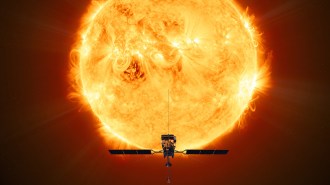 Space
SpaceESA’s Solar Orbiter will be the first spacecraft to study the sun’s polar zones
ESA's Solar Orbiter is now on its way to the sun, beginning a nearly two-year journey.
-
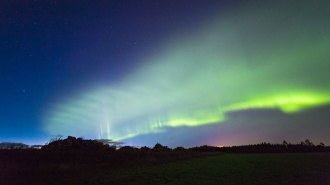 Earth
EarthHere are 5 of the weirdest auroras, including the newly spotted ‘dunes’
A newfound type of aurora dubbed the “dunes” joins the ranks of black auroras, STEVE and other obscure auroral phenomena.
-
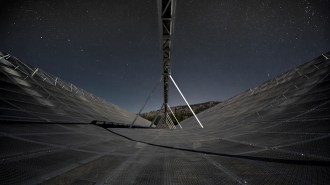 Space
SpaceThis is the first fast radio burst known to have a steady beat
Brief blasts of radio energy from other galaxies keep stumping astronomers, but one seems to be on a 16-day cycle, a new clue in an ongoing puzzle.